The Japanese government on Friday retained its overall assessment for the Japanese economy in October as "picking up, although the pace has weakened" due to the severe situation caused by the COVID-19 pandemic, local media reported on Friday.
However, the Cabinet Office said that exports were "increasing at a slower pace" instead of "increase moderately" in September, downgrading exports' assessment for the first time in seven months.
A government official told reporters that the impact of supply chain disruptions due to surging COVID-19 cases in Southeast Asia had dragged down the industrial output of Japan, resulting in relatively sluggish exports of many items, including auto-related products and electrical devices since July.
The assessment for the industrial production component stayed as "picking up, although some weakness is seen recently," according to the office, after a downgrade last month as the supply chain issue and a global semiconductor shortage had forced some Japanese automakers to reduce output.
The government revised down its assessment for public investment component for the first time in six months, saying it has been "in a weak tone recently, although it is at a high level," as the number of public work orders received was sluggish due to budget cuts for reconstruction projects related to the massive 2011 earthquake and tsunami in northeastern regions.
Assessments of other major components were unchanged in October.
The office used the same wording "shows weakness further" as the September report for private consumption, saying that although car sales kept sluggish, "signs of improvement have appeared" in the food services sector since more people have begun to eat out after the lifting of COVID-19 emergency measures across the country on Oct. 1.
Under emergency measures, people were requested to stay home, and food establishments were asked to stop serving alcohol and close early.
Looking ahead, the government expected the economy to continue picking up but warned "full attention should be given" to a further increase in downside risks due to "negative effects through the supply chains."








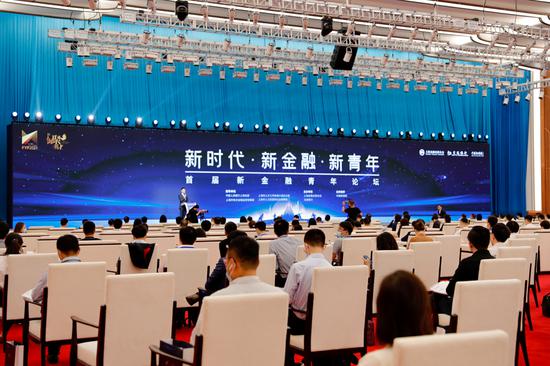


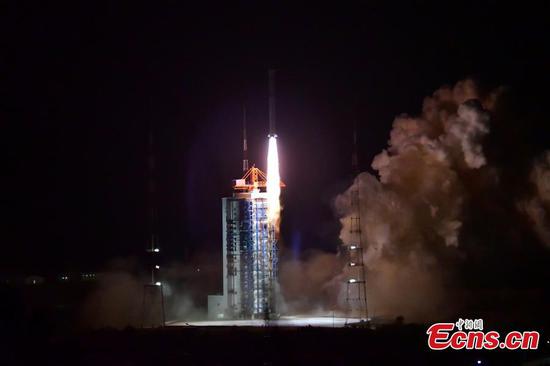

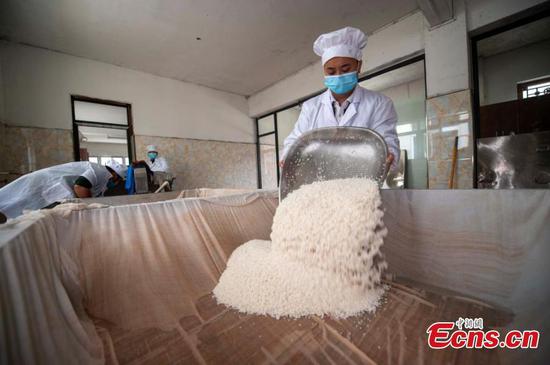




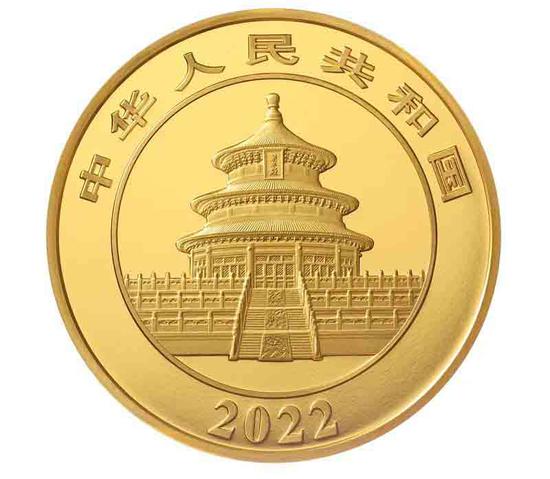





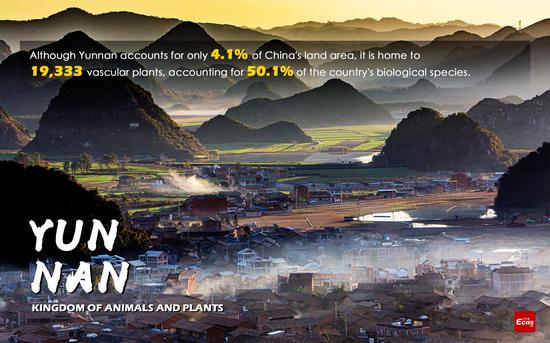


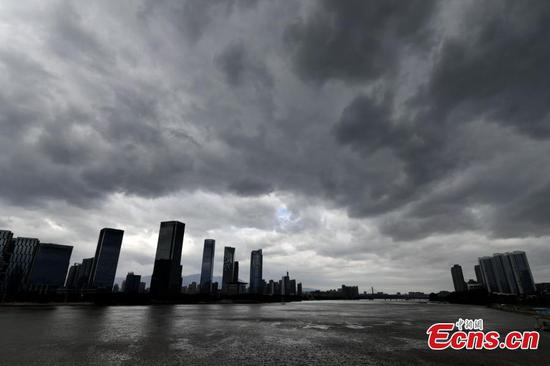
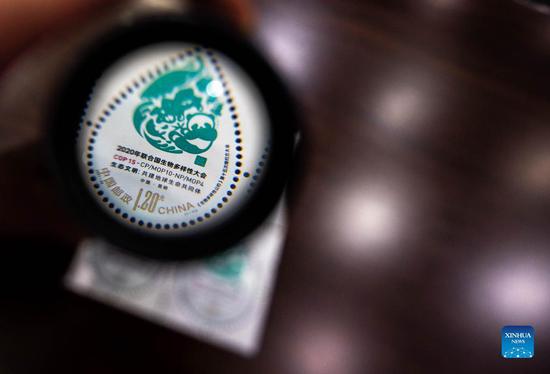




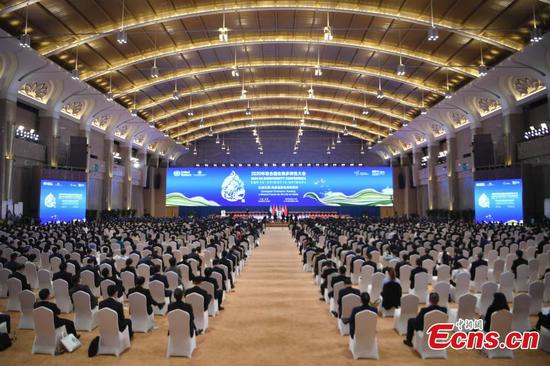
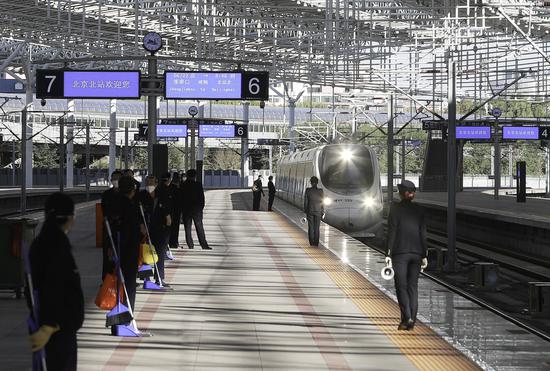


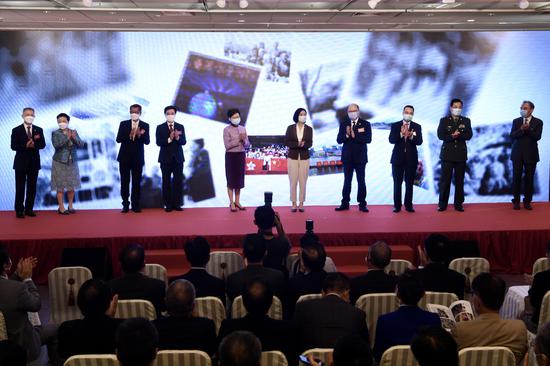












 京公网安备 11010202009201号
京公网安备 11010202009201号